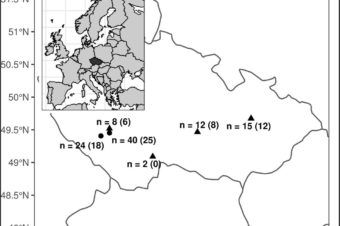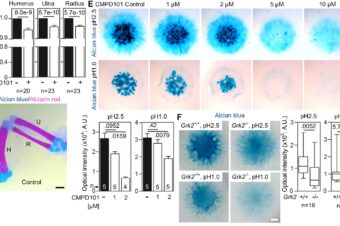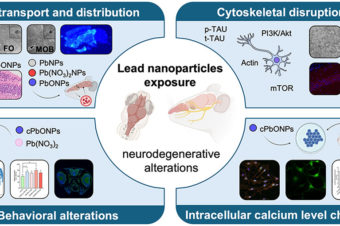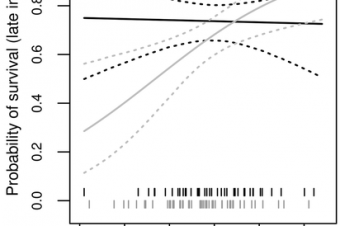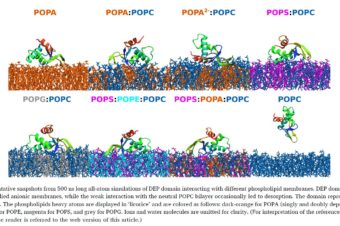Abstract:
In the temperate climates of central Europe and North America, two distinct honeybee (Apis mellifera) populations are found in colonies: short-living summer bees emerge in spring and survive until summer, whereas long-living winter bees emerge in late August and overwinter.
Besides the difference in their life spans, each of these populations fulfils a different role in the colonies and individual bees have distinct physiological and immunological adaptations depending on their roles. For instance, winter worker bees have higher vitellogenin levels and larger reserves of nutrients in the fat body than summer bees. The differences between the immune systems of both populations are well described at the constitutive level; however, our knowledge of its inducibility is still very limited.
In this study, we focus on the response of 10-day-old honeybee workers to immune challenges triggered in vivo by injecting heat-killed bacteria, with particular focus on honeybees that emerge and live under hive conditions. Responses to bacterial injections differed between summer and winter bees. Winter bees exhibited a more intense response, including higher expression of antimicrobial genes and antimicrobial activity, as well as a significant decrease in vitellogenin gene expression and its concentration in the hemolymph. The intense immune response observed in winter honeybees may contribute to our understanding of the relationships between colony fitness and infection with pathogens, as well as its association with successful overwintering.
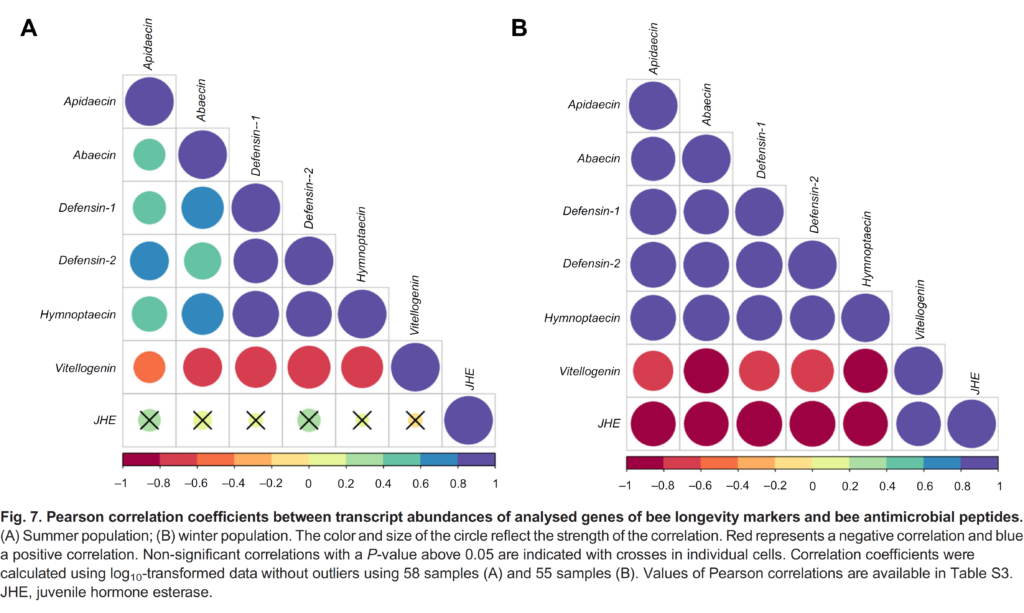
Authors:
Silvie Dostálková1, Pavel Dobeš2, Martin Kunc2, Jana Hurychová2, Mária Škrabišová1, Marek Petřivalský1, Dalibor Titěra3, Jaroslav Havlík4, Pavel Hyršl2, Jiří Danihlík5
1 Department of Biochemistry, Faculty of Science, Palacký University Olomouc
2 Department of Experimental Biology, Faculty of Science, Masaryk University
3 Bee Research Institute
4 Department of Food Quality and Safety, Faculty of Agrobiology, Food and Natural Resources, Czech University of Life Sciences
5 Department of Biochemistry, Faculty of Science, Palacký University Olomouc
